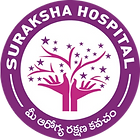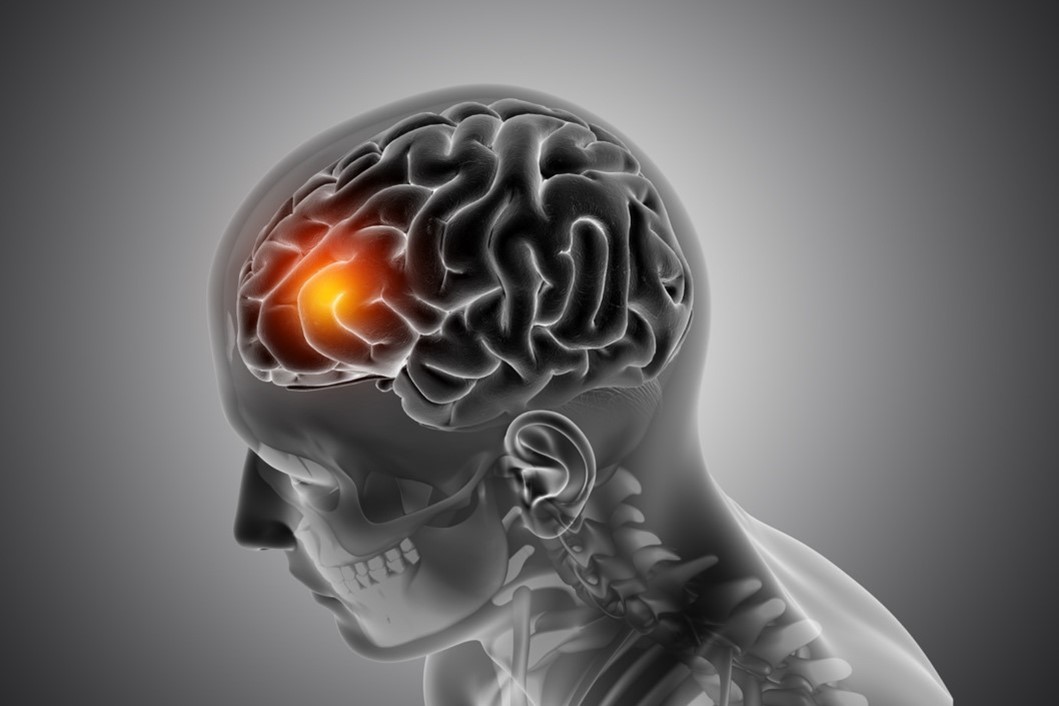A brain stroke, often just called a stroke, can be a life-altering event for both the person affected and their loved ones. It is crucial to understand what a stroke is, recognize its signs, and know the steps to take if it occurs. This blog aims to shed light on brain strokes in an easy-to-understand way.
What is a Brain Stroke?
A stroke happens when blood flow to a part of the brain is interrupted or reduced, preventing brain tissue from getting oxygen and nutrients. Brain cells begin to die in minutes. Strokes can lead to lasting brain damage, long-term disability, or even death.
Types of Strokes
- Ischemic Stroke: Caused by a clot obstructing blood flow to the brain. It's the most common type of stroke.
- Hemorrhagic Stroke: Caused by a blood vessel rupturing and preventing blood flow to the brain.
- Transient Ischemic Attack (TIA): Often called a mini-stroke, a TIA is a temporary blockage that doesn’t cause permanent damage.
Recognizing the Signs of a Stroke
Remember the acronym F.A.S.T.
- Face: Is one side of the face drooping?
- Arms: Is there weakness in one arm?
- Speech: Is speech slurred or strange?
- Time: Time to call emergency services immediately if you notice any of these signs.
Risk Factors for Stroke
- High blood pressure: the leading cause of stroke
- Smoking: increases the risk of stroke
- Heart disease, diabetes, and high cholesterol
- Unhealthy diet and obesity
- Excessive alcohol consumption
- Lack of physical activity
Prevention is Key
- Control blood pressure: keep a regular check on blood pressure.
- Quit smoking
- Eat a balanced diet: rich in fruits, vegetables, and low in saturated fats
- Regular exercise: aim for at least 30 minutes of physical activity a day
- Limit alcohol consumption
- Regular health check-ups
Treatment of a Stroke
- Immediate treatment is crucial.
- For ischemic strokes, doctors may administer clot-busting drugs. In some cases, procedures to remove the clot might be necessary.
- Hemorrhagic strokes might require surgery to control bleeding and reduce pressure in the brain.
Recovery and Rehabilitation
Recovery depends on the stroke's severity and the patient's overall health. Rehabilitation can include speech therapy, physical therapy, and occupational therapy.
Understanding brain strokes is vital for prevention and quick response during an emergency. Remember, immediate medical attention can significantly improve the outcome. By managing risk factors and recognizing the signs, we can take proactive steps in stroke prevention and care. Stay informed, stay healthy!



